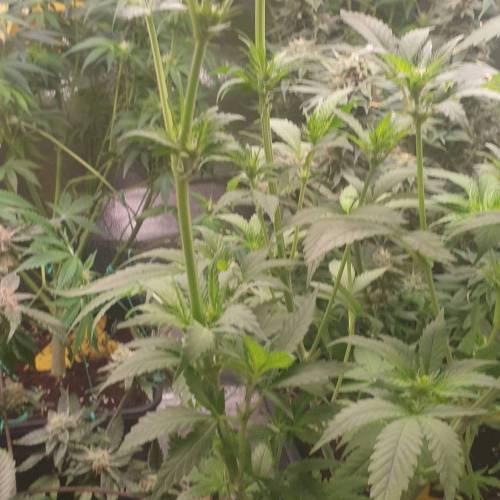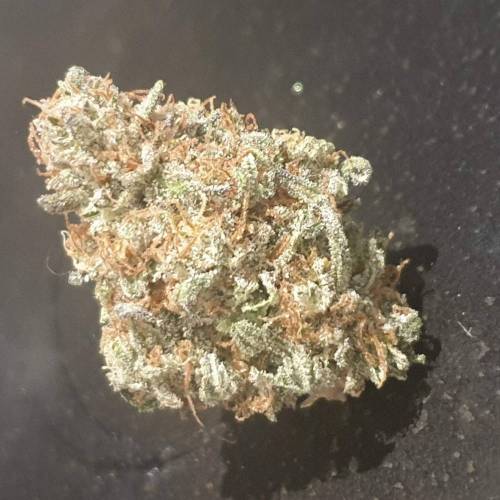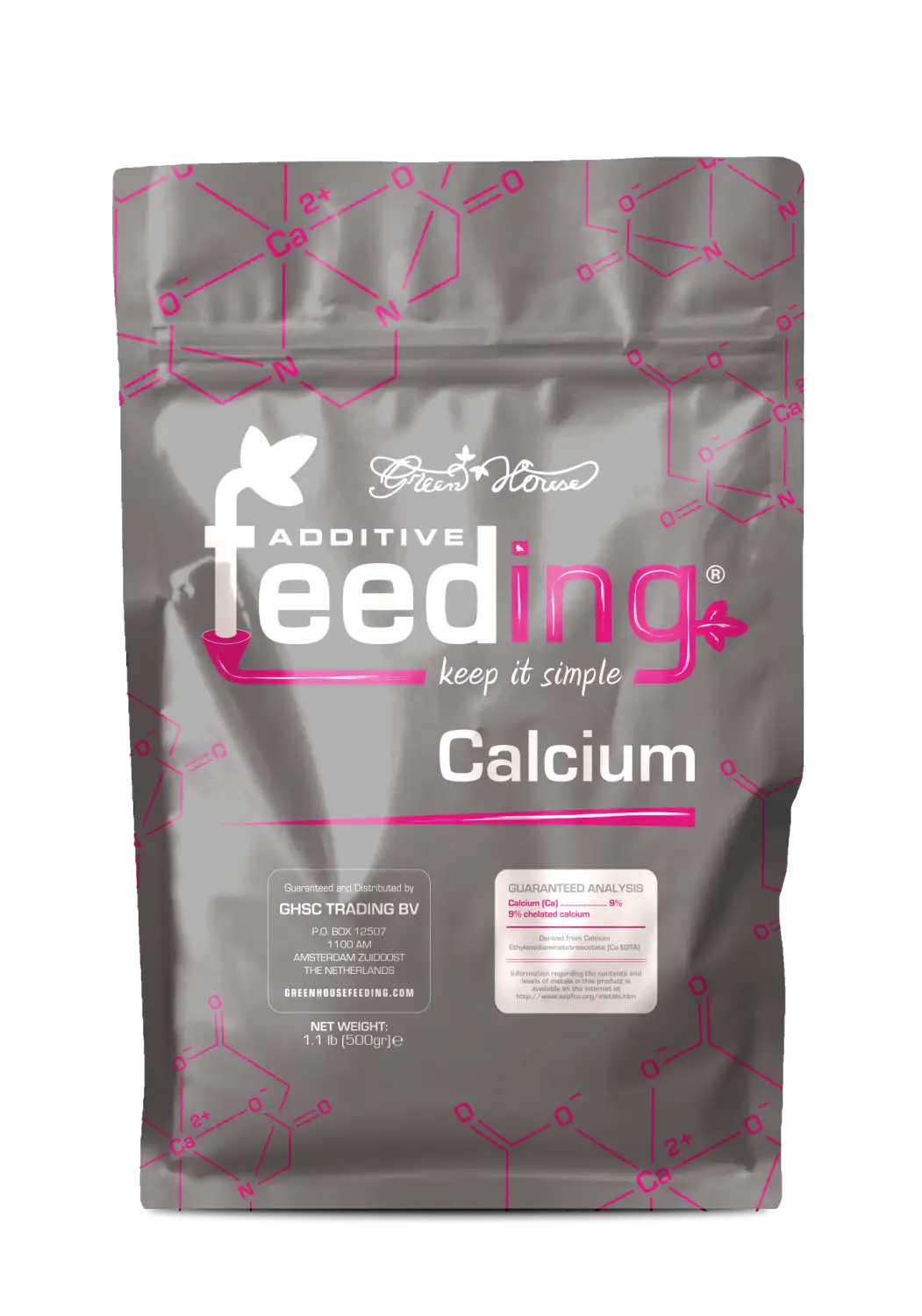The Grow Awards 2026 🏆 


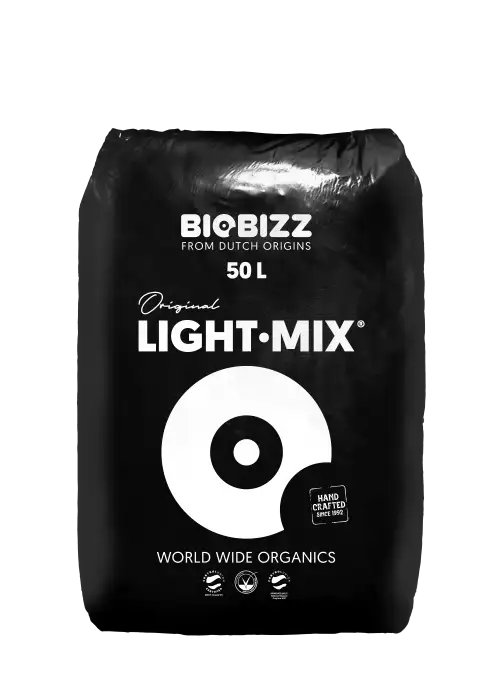
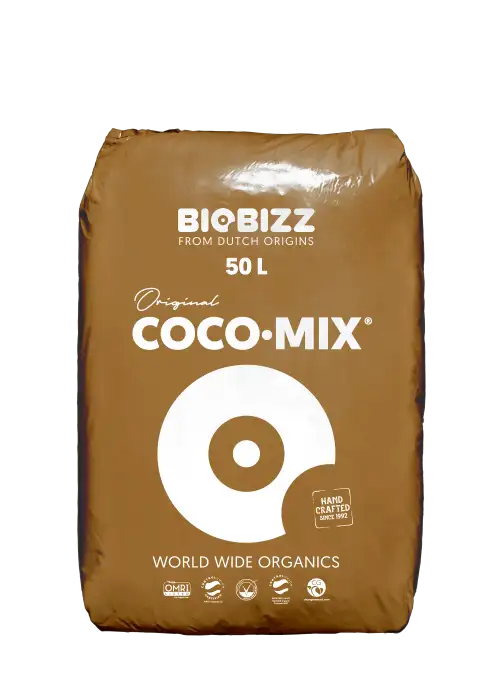




















Pink Rozay
Biobizz Light Other
Custom
Biobizz coco coir Other
Custom
Indoor
Room Type
Topping
weeks 4
Defoliation
weeks 7
7 liters
Pot Size
0.3 liters
Watering
Start at Harvest
G
Germination3y ago
Nutrients 3

Light-Mix
6 mll

Coco·Mix
5 mll

Perlite
0.5 mll
gottagrowsometime Welcome to my Original Sensible Seed test grows.
This strain is Pink Rozay. 30% THC 70% indica 30% sativa.
Pink Rozay feminised seeds from Original Sensible Seeds are an indica dominant cannabis strain with a deep sensual relaxing effect. A genetic infusion of Cherry Pie x London Pound Cake the plants of Pink Rozay grow bushy and stout developing lavish dense buds with orangy hairs which develop purple hues toward the end of the flowering period generously glazed with sparkling THC trichomes.
Will be using PT as my germination method.
Will be put into 11L pot to start for veg and them moved into 18L pots for flowering.
Lights used Will be my new SP 3000 + UV/IR45.
Shout out to both my sponsors from MarsHydro + original sensible seeds, (reps). Who have given me these products to test for them. Much appreciated guys!!
8 likes
3 comments
Share
Used method
Paper Towel
Germination Method
1
Week 1. Vegetation3y ago
0.5 cm
Height
20 hrs
Light Schedule
23 °C
Day Air Temp
6.0
pH
350 PPM
TDS
60 %
Air Humidity
19 °C
Solution Temp
19 °C
Substrate Temp
18 °C
Night Air Temp
7 liters
Pot Size
0.5 liters
Watering Volume
45 cm
Lamp Distance
400 PPM
CO₂ Level
Nutrients 2

BioEnhancer
1 mll

Grow
0.3 mll
gottagrowsometime Welcome to my Pink Rozay Diary from Original Sensible Seeds.
Seedling Day 1. RIP (she got stuck to a bug trap and a pult from her stem and broke)
Seedling Day 0 she's just up. Hasn't even opened fully yet. Let the fun begin. Gonna be very gentle to this lady.
Another seed will soon take her place. (Same strain)
Thanks to my sponsors from Original Sensible Seeds + Mars Hydro (reps) for all their support and products they supply for testing. Much appreciated.
6 likes
comments
Share
2
Week 2. Vegetation3y ago
3 cm
Height
18 hrs
Light Schedule
23 °C
Day Air Temp
6.0
pH
350 PPM
TDS
60 %
Air Humidity
19 °C
Solution Temp
19 °C
Substrate Temp
18 °C
Night Air Temp
7 liters
Pot Size
0.5 liters
Watering Volume
45 cm
Lamp Distance
400 PPM
CO₂ Level
Nutrients 2

BioEnhancer
1 mll

Grow
0.3 mll
gottagrowsometime Welcome to my Pink Rozay Diary sponsored from original sensible seeds.
This lady is a little aways back, as she got ripped up out of her pot by a bug trap.
Veg Days 8-12 She's growing. Was moved under my SP 3000 and is doing well. Have the SP 3000 set at 30%. And the ppfd is really strong I think I'll get most of veg at this strength. Am keeping it light on the feed as she is still small. Haven't had any need to give calcium but as I was giving the others a dose of some with Epsom Salts I gave her a few mls also.
Thanks to my sponsors from Original Sensible Seeds and Mars Hydro (reps) for their continued support and got supplying me with great products.
COUPON FOR MARSHYDRO
Use code, "ggs", at any official marshydro site for a discount.
9 likes
comments
Share
4
Week 4. Vegetation3y ago
43 cm
Height
18 hrs
Light Schedule
23 °C
Day Air Temp
6.0
pH
350 PPM
TDS
60 %
Air Humidity
19 °C
Solution Temp
19 °C
Substrate Temp
18 °C
Night Air Temp
7 liters
Pot Size
0.5 liters
Watering Volume
45 cm
Lamp Distance
400 PPM
CO₂ Level
Nutrients 2

BioEnhancer
1 mll

Grow
0.3 mll
gottagrowsometime Welcome to my Pink Rozay diary. Forgot all About her and she's a few weeks ahead. But I had to do a few restarts so she's roughly on 30 days or so vegging.
I topped her and she's at to putting on a good bit of height. So, I'll veg her for another week and then flip her. Won't get much out of her but let's see. Another 2 weeks vegging and I'll put her into flower.
Thanks to my sponsors from MarsHydro and Original Sensible Seeds. (Reps) for supplying me with great products.
8 likes
2 comments
Share
Used techniques
Topping
Technique
6
Week 6. Flowering3y ago
50.01 cm
Height
14 hrs
Light Schedule
23 °C
Day Air Temp
6.0
pH
Weak
Smell
600 PPM
TDS
60 %
Air Humidity
19 °C
Solution Temp
19 °C
Substrate Temp
18 °C
Night Air Temp
7 liters
Pot Size
45 cm
Lamp Distance
400 PPM
CO₂ Level
Nutrients 2

Hybrids
0.5 mll

Booster
0.3 mll
gottagrowsometime Welcome to my Pink Rozay Diary.
Sorry about the missing weeks. But lost my pics.. was only about another 10cm of growth she put put on in her 2 extra weeks of veg and got the past 7 days she's been flipped and has started her go on the new UV/IR45.
Total she got 5 weeks of veg and is currently flipping.
Haven't had much in the way of trouble with this lady. Showed she K shortages half way into the flip this week. So adjusted the feed and she quickly came about. (Added some PK booster from Green House Feeding)
So, I've read up about how to use far red to make my plant go to sleep quicker. (As you need 10 hrs of darkness to sex a plant and it takes 2hrs or so for it to go to sleep, so by using far red 730nm before and after the plants lights comes on you get a 26hr day if that makes sense, how you ask. Cause far red used at the right time can change that time of 2hrs to 5mins to put your plant to sleep. So In turn you get them 2hrs that it should of took to put your girl to sleep, you can now use them 2hrs to keep your females under longer, so you use them 2hrs to give your females extra photosynthesis. It's all got to do with pfr and switching to pr quicker, 'Phytochrome'.
Thanks to my sponsors from Original Sensible Seeds & Mars Hydro for supplying me with great seeds and lights and for their continued support. And shout out to all who visited, liked or commented much appreciated guys. Look forward to checking out your grows.
10 likes
comments
Share
Grow Questions
gottagrowsometimestarted grow question 3y ago
Hi guys. So has anyone got experience using far red 730nm to switching pfr to pr (photochrome)??
I'm looking for any general knowledge, tips and experience using. Also when can I push my fems to a 14-10 cycle, do they have to be out of pre flower before I can push it to that?
Open
Setup. Strains - Photoperiod
2 likes
Answer
NegotiatedBubbleanswered grow question 3y ago
An expensive spectroradiometer is not needed to achieve this this. Apogee has cheaper ePAR meters that can detect the 730nm wavelength now. I just got one and will be measuring the ratio in my light bar very soon.
likes
Complain
NegotiatedBubbleanswered grow question 3y ago
It comes down the to the ratio of Red photons to Far-Red photons(R:FR). This ratio matters much more than just the intensity of the far-red light alone. Normal daytime R:FR is 1.3:1 (1.3%) and is applied throughout veg. Sunrise and Sunset have an increase R:FR at about 0.6 (0.6%) for about 30 minutes each.
“The R:FR ratio of direct sunlight is about 1.3 during most of the day, but it approaches 0.6 or so during twilight when the atmosphere preferentially
scatters blue light and the sky turns yellow and red. This only lasts for half an hour or less, but it is important because plants use these changes to
synchronize their internal circadian clocks both with the 24-hour day and the seasons. This involves a burst of gene expression activity that is
controlled by phytochrome.”
“High-pressure sodium (HPS) lamps, on the other hand, have an R:FR ratio of about 4.8, metal halide lamps have R:FR ratios varying from 2.6 to 3.4
and white light LEDs (regardless of color temperature) have R:FR ratios varying from 3.6 to 4.0. Various fluorescent lamps have R:FR ratios varying
from 5.5 to 13.0 and above.”
“Far-Red Lighting and the Phytochromes”, Ian Ashdown, Maximum Yield,
www.maximumyield.com/far-red-lighting-and-the-phytochromes/2/17443
The University of Utah Crop Physiology Lab uses a R:FR that is lower than normal daytime ratios (1.5:1 or 1.5%) to minimize the effects of stem elongation in their experiments. Below is an example from one about phosphorus overfeeding vs harvest yields:
“The fraction of far-red photons (700 to 750 nm) was 1.5%. Because the far-red fraction was low, the classic PPFD and the ePPFD were within 1.5%
of each other”
"Sustainable Cannabis Nutrition: Elevated root-zone phosphorus significantly increases leachate P and does not improve yield or quality"
F. Mitchell Westmorelan, Bruce Bugbee, www.frontiersin.org/articles/10.3389/fpls.2022.1015652/full
likes
Complain
gottagrowsometimeanswered grow question 3y ago
This actually explains how you use far red to change the photochrone time and it gives you extra time to to have your plant under the light. Its proven. Anyways. Thanks for your reply
https://sprouthousesupply.com/product/hlg-flowering-initiator-far-red-bulb/
likes
Complain
7
Week 7. Flowering3y ago
65 cm
Height
14 hrs
Light Schedule
23 °C
Day Air Temp
6.0
pH
600 PPM
TDS
60 %
Air Humidity
19 °C
Solution Temp
19 °C
Substrate Temp
18 °C
Night Air Temp
7 liters
Pot Size
0.5 liters
Watering Volume
30 cm
Lamp Distance
400 PPM
CO₂ Level
Nutrients 4
UltraPure Epsom Salts
0.25 mll

Hybrids
0.5 mll

Booster
0.3 mll
gottagrowsometime Welcome to my Pink Rozay Diary, sponsored by Original Sensible Seeds
Days 43-49........5-7 days
She's looking really nice. Really healthy and promising. Looking forward to seen her top colas.. thinking late lollipoppoing. Some what would me popcorn bud sites.
Sticking to light feeds. Twice a week. As the substrate is mainly made up of coco and light mix, which in itself was mainly coco.
Thanks to my sponsors from Original Sensible Seeds &Mars Hydro
COUPON CODE
Use code, "ggs" at any official marshydro site.
9 likes
3 comments
Share
Used techniques
Defoliation
Technique
10
Week 10. Flowering3y ago
80 cm
Height
14 hrs
Light Schedule
23 °C
Day Air Temp
6.0
pH
Normal
Smell
580 PPM
TDS
60 %
Air Humidity
19 °C
Solution Temp
19 °C
Substrate Temp
18 °C
Night Air Temp
7 liters
Pot Size
0.6 liters
Watering Volume
30 cm
Lamp Distance
400 PPM
CO₂ Level
Nutrients 2

Booster
0.2 mll

Short Flowering
0.4 mll
gottagrowsometime Welcome to my Pink Rozay Diary, from & Sponsored by Original Sensible Seeds.
Weeks 8-10.
She is very tall. Unwanted stretching by using my IR wrongly. She is developing some very colorful looking buds. Smells lovely and fruity. Not a lot of girt to her. As are all my other fems in this tent. Got lots of Unwanted stretching that 100% will affect the end product look.
Thanks to my sponsors from Original Sensible Seeds & Mars Hydro Led Lights/tents.
COUPON FOR Mars Hydro..
Coupon for mars hydro. Use code "GGS", at any official site.
13 likes
3 comments
Share
12
Week 12. Flowering3y ago
80 cm
Height
12 hrs
Light Schedule
24 °C
Day Air Temp
6.0
pH
400 PPM
TDS
60 %
Air Humidity
19 °C
Solution Temp
19 °C
Substrate Temp
19 °C
Night Air Temp
7 liters
Pot Size
0.3 liters
Watering Volume
40 cm
Lamp Distance
400 PPM
CO₂ Level
Nutrients 2

Booster
0.1 mll

Short Flowering
0.2 mll
gottagrowsometime Welcome to my Pink Rozay Diary, sponsored by Original Sensible Seeds.
Flower Days 71-80 'Ripening Phase'
Plant is doing really well. Has slowed down drinking. So, have cut her overall ppm by half. Will start winding her down this week. Her buds aren't gonna get any fatter. The stretch during pre flower thanks to me using my IR "FAR RED", with lights on, BIG MISTAKE. Stayed on a 600ish ppm feed for wk 11. Was lowered by half for this week. And will flip cut her off and will be on water for week 13. Buds have developed a lovely pink to them. And the leafs are also starting to turn. '95% of the time. I harvest before I get to that. Haven't had much luck with fade and such. But, hey, the bud did speaks for itself. And, this is also mainly down to the fact. I remove all those energy using fan leafs. Not mad about making pretty leafs, but lovely bud.
Thanks to my sponsors from MarsHydro & Original Sensible Seeds for their support and products.
COUPONS
CODE(S) Mars-Hydro "GGS" for 3% discount
Zamneisa "GROWITGD" 20% discount.
11 likes
3 comments
Share
13
Week 13. Flowering3y ago
80 cm
Height
12 hrs
Light Schedule
24 °C
Day Air Temp
6.0
pH
Strong
Smell
110 PPM
TDS
55 %
Air Humidity
19 °C
Solution Temp
19 °C
Substrate Temp
19 °C
Night Air Temp
7 liters
Pot Size
0.3 liters
Watering Volume
40 cm
Lamp Distance
400 PPM
CO₂ Level
gottagrowsometime Welcome to my Pink Rozay Diary, sponsored by Original Sensible Seeds.
DAYS 84-87
coming to the end of your life cycle. Have started the slow flush process mid last wk. Got her last feed a day or into last wk. Has thrown off some lovely fade. Will harvest in the next day or 2. Until then. Plane Jane tap.
Thanks to my sponsors from MarsHydro & Original Sensible Seeds.
Much appreciated to you and all who visited, liked & or commented, thanks for dropping by. Look forward to seen yours
Good Growing
12 likes
5 comments
Share
13
Week 13. Harvest3y ago
Happy Harvest Day!

9/10
Rated
Buds were few and far between. She had a short veg. Got a nice long flowering and got some lovely colorful bud and made for a pretty girl in pink, and deep dark purple with dark orange pistils that pop against the dark background of a frosty but elegant looking lady. Will be an easy trim.
45g dry. Adds nearly 800 with 2 more weights in to go. Will update on smoke review after 2-3 wk cure.
Show more
Translate
Spent 58 days
Ger Veg Flo Har
4.09 g
Bud wet weight per plant
77.27 g
Bud dry weight per plant
11
Plants
1 m²
Grow Room size
Easy
Difficulty

Relaxed, Sleepy
Positive effects

Insomnia, Pain, Stress
Medical effects

Berries, Pungent, Sweet
Taste
Height
Day air temperature
Air humidity
PPM
PH
CO2
Light schedule
Solution temperature
Night air temperature
Substrate temperature
Pot size
Lamp distance
gottagrowsometime Grew well. Got some lovely fade and the buds are rock hard with a low leaf-calyx ratio. Tbh, I'm not a major fan. It's powerful. But, its a very very dank rozay scent. Overpowering so. Like, that's the only smell taste I can get. Again, the rating system isn't great. If it gets better taste wise I'll for sure make a comment.. don't get me wrong. It's nice, very nice. Just when put in comparison to the other 3 Original Sensible Seed grows, she falls short for me.
Again lovely smoke. Just don't the taste I like. The Pink Rozay x Strawberry Banana Auto was lovely combo. But, this is just too much Rozay. It's banging of it. Actually smells like a very strong Rozay wine. More on that later and the high. Which is the reason its getting 9☆ which is still pretty high.
Thanks to Mars-Hydro & Original Sensible Seeds for their products and trust, hopefully will get to test many more of your great products and to you my followers, viewers, ppl who stopped by, or dropped a like/comment much appreciation. Look forward to seen your grows
Good Growing My Friends.
Edit. Upon a 1.5 month cure. The bud is just amazing. Very dank, stands out from all my other grows. Love this lady. Gonna miss opening my bud jars and not getting a bang of Rozay.
12 likes
3 comments
Share
Equipment Reviews

the end.
Enjoying this diary? Follow for more updates!
Prefer the old Diary view?
Go back to the old Diary view










































